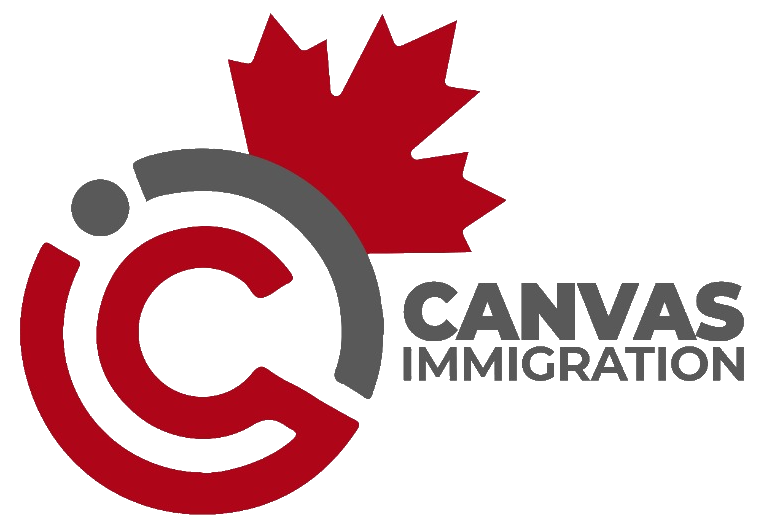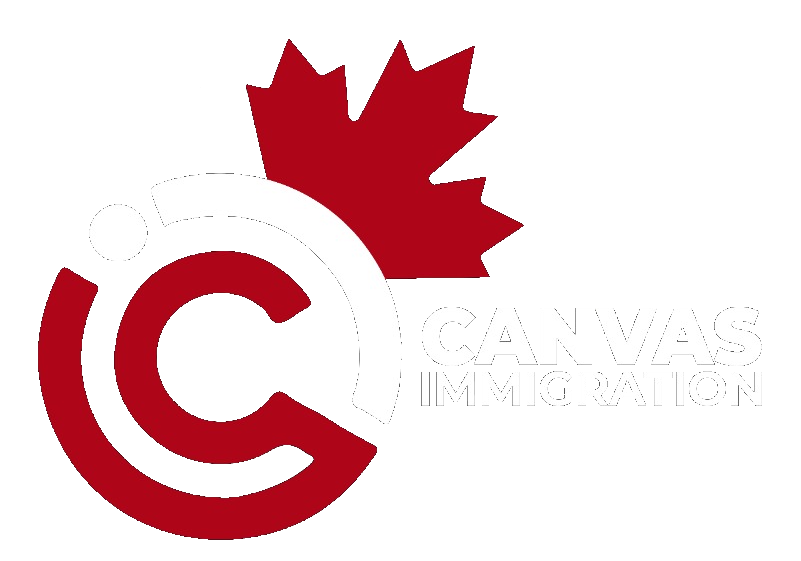The Liberal Party of Canada is gearing up for a historic leadership race in March 2025, where party members will select a successor to Prime Minister Justin Trudeau. This leadership race comes with new, tighter voting regulations aimed at safeguarding Canada’s democratic processes and addressing growing concerns about foreign interference. These changes mark a significant shift in the party’s approach to leadership contests, while still striving to ensure broad participation.
New Voting Rules: Who Can Participate in the 2025 Leadership Race?
In a strategic policy move, the Liberal Party has introduced tighter restrictions on who can vote in its upcoming leadership race. For the first time, only Canadian citizens and permanent residents will be allowed to cast their ballots. Previously, the party had allowed non-Canadian residents to vote, a policy that has now been deemed unsustainable in light of security concerns. By limiting participation to those with permanent ties to Canada, the party seeks to preserve the integrity of its democratic processes and limit the influence of foreign entities.
The party has maintained its policy of allowing individuals as young as 14 to register as Liberals and vote. This move ensures that even younger Canadians can have a say in the selection of their future leader, contributing to a sense of inclusivity, while still upholding security standards.
Raising the Stakes: $350,000 Entry Fee for Leadership Candidates
While voting rules have tightened, the entry fee for leadership candidates has also been significantly increased. To run in the race, candidates must raise $350,000, a steep increase from the $75,000 fee in the 2013 race when Justin Trudeau became leader. This change aims to ensure that only serious contenders with the resources to lead the party are able to enter the race. The fee is five times higher than what the Conservatives charged for their 2022 leadership contest, reflecting the increasing costs of running a political campaign in Canada.
Candidates are expected to sign up new party members ahead of the vote, with the registration deadline set for January 27. This gives potential candidates just a short time to build support and prepare their campaigns for what is expected to be a highly competitive race.
The Countdown to Leadership: What’s at Stake?
With Trudeau’s announcement that he will step down after the leadership vote, the Liberal Party’s future direction is at a pivotal moment. The new leader will inherit the challenge of leading the party through potentially turbulent times. Parliamentary sessions are set to resume on March 24, just weeks after the leadership race concludes. This will likely lead to a non-confidence vote, further heightening the urgency of the leadership contest.
The race for the top spot has already attracted significant interest, with potential candidates lining up. So far, two individuals have officially declared their intention to run: Ottawa backbench MP Chandra Arya and former Liberal MP Frank Baylis. Other prominent figures are still mulling their options, including former Bank of Canada Governor Mark Carney, Finance Minister Chrystia Freeland, and former B.C. Premier Christy Clark. The outcome of this race will determine the future leadership of the Liberal Party and its ability to navigate the challenges ahead.
Foreign Interference and Canada’s Political Integrity
As the Liberal Party prepares for its leadership contest, the new rules reflect broader concerns about foreign influence in Canadian politics. The decision to restrict voting to Canadian citizens and permanent residents aims to protect the democratic process from potential external interference. This move highlights the importance of securing the nation’s political integrity while balancing openness and inclusion within the party.
In a world where digital influence and online disinformation campaigns are increasingly common, the need to safeguard Canada’s political systems has never been more crucial. The changes in the Liberal Party’s leadership race signal a step toward ensuring that political decisions remain in the hands of those who have a direct stake in the country’s future.
What’s Next for Canada’s Political Future?
As the leadership race draws near, Canadians are keenly watching the unfolding political landscape. The new rules introduced by the Liberal Party provide a clearer and more secure path for selecting the next leader while addressing critical issues such as foreign interference.
With new regulations in place and significant challenges ahead, the party is poised to select a leader who will shape Canada’s future trajectory in the coming years. While many potential candidates are waiting for the final rule announcements, the stage is set for what promises to be an exciting and crucial leadership race. It is clear that this race will be a defining moment for the Liberal Party and the future direction of Canadian politics.
Add ImmigCanada to Your Google News Feed

